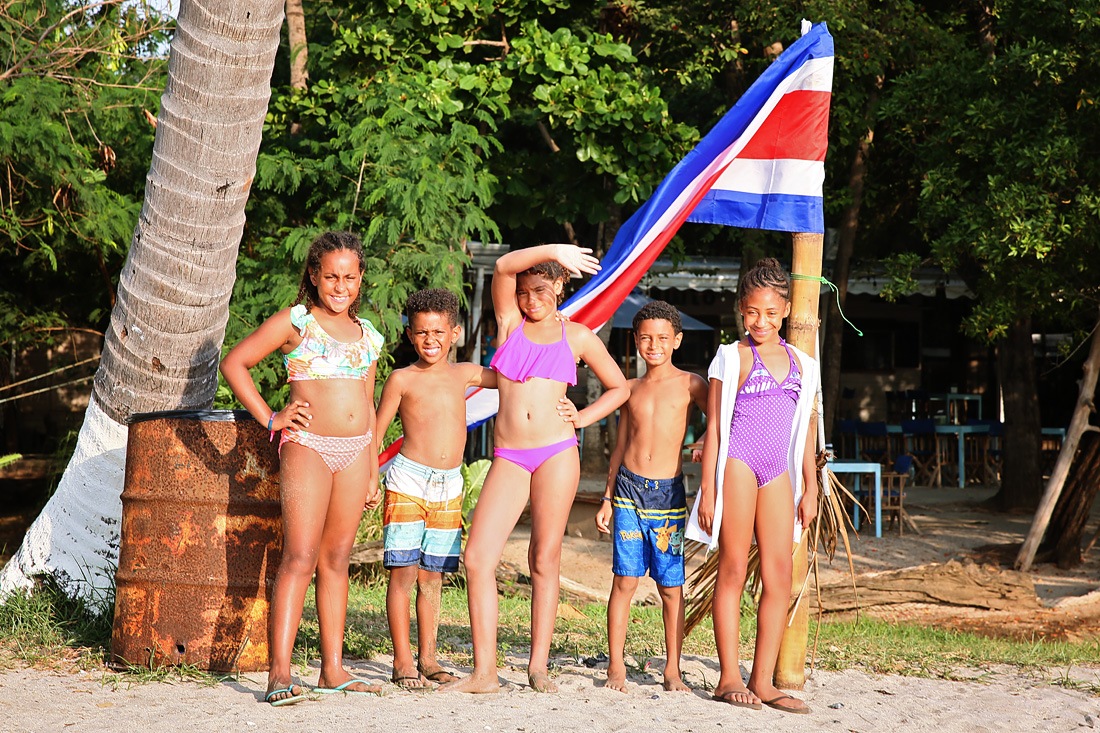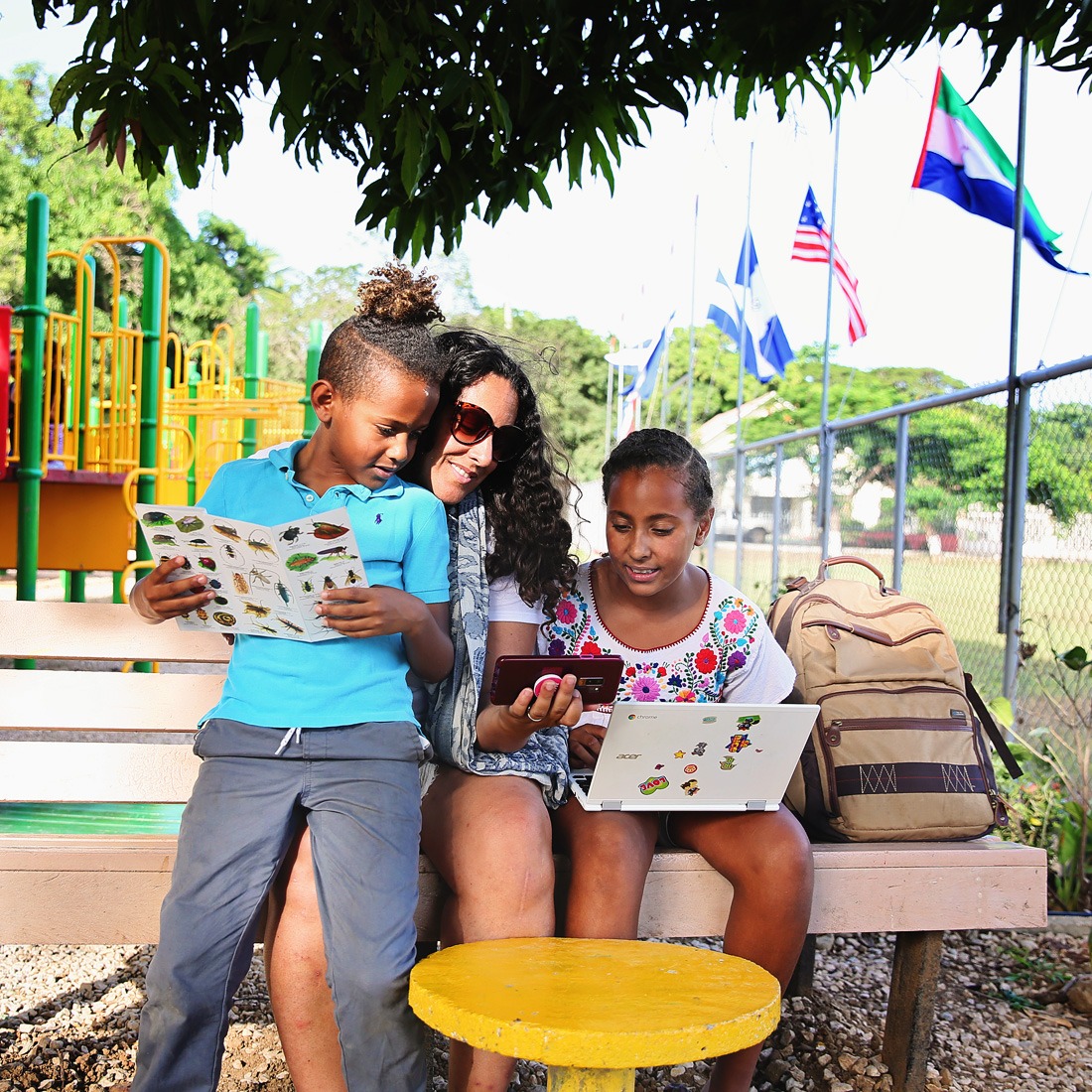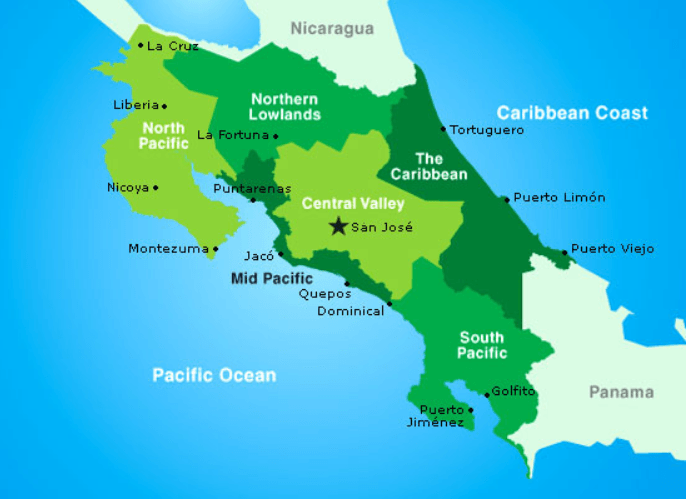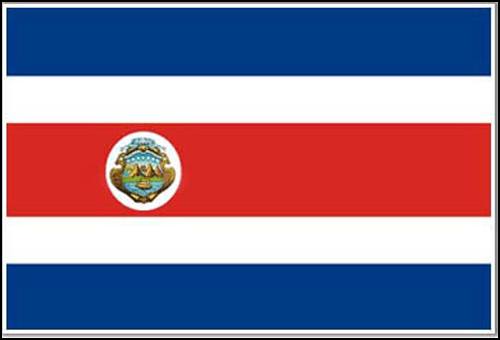Costa Rica is a special place and lies in stark contrast to much of the region (and even all of Latin America). With a strong civic foundation, the country has enjoyed peace for almost 100 years. Costa Rica is a democracy with elected officials and no organized army. It’s also rich in biodiversity, making it a perfect vacation destination with kids who love outdoor adventure. With a laid back culture focused on family, Costa Rica with kids is an obvious choice for family travel.
Facts about Costa Rica
After several visits, my husband and I decided that moving to Costa Rica made sense for our family. So in 2019, we packed it all up to explore the Pura Vida lifestyle! Many of our family and friends thought we were crazy, but I promise we’re doing okay.
Below is our guide to exploring this beautiful country, complete with interesting Costa Rica facts, things to do in Costa Rica that your kids will love and all our tips on why Costa Rice is a great family vacation! There’s so much culture and tradition to expose our children too. Learning a few Costa Rica facts for kids is a great place to start your vacation planning or even a lesson plan in the classroom.
Costa Rica Facts for Kids
Costa Rica Map
Costa Rica is a small country in Central America bordered by Nicaragua to the north and Panama to the South. Just check out the map of Costa Rica below and you’ll be amazed at how much diversity exists in such a small country! The Caribbean Sea is to the east, while the Pacific Ocean is to the west. There are two mountain ranges in Costa Rica: Cordillera Volcanica and the Cordillera de Talamanca. Here you can hike up active volcanoes
Costa Rica is home to over 2,000 species of trees and thousands of different flowering plants. Thousands of mammals, birds, inspects and reptiles too. There is more biodiversity in this small country than you’ll find in much larger and wealthier countries. And that’s because the government prioritizes the protection of land. In Costa Rica you’ll find:
Tropical dry forests: Tropical dry forests remain dry until the rainy season begins in April or May. These forests burst into bloom when the rains arrive. You’ll find tropical dry forests throughout the northern regions of the Pacific side in Guanacaste.
Tropical rain forests: The tropical rain forests are humid and hot year-round. The heavy rains encourage thick plant growth from the treetop canopy to the forest floor, including fungi, molds, ferns, and vines. A popular and stunning region to explore Costa Rica’s tropical rain forests is on the Osa Peninsula.
Cloud forests: the Monteverde Cloud Forest Reserve is the largest cloud forest in Central America. It’s a stunning destination to explore after hot beach days at the coasts.
Costa Rica Language
The official language of Costa Rica is Spanish. Glorious, Spanish!!! Language immersion is an important reason we moved to Costa Ric. Being Latino, my husband and I hope for them to be bilingual and bi-literate. Costa Rica is the perfect place to learn Spanish as their local accents and dialects are very neutral, with a slow tempo and easy to understand.
Costa Rica Regions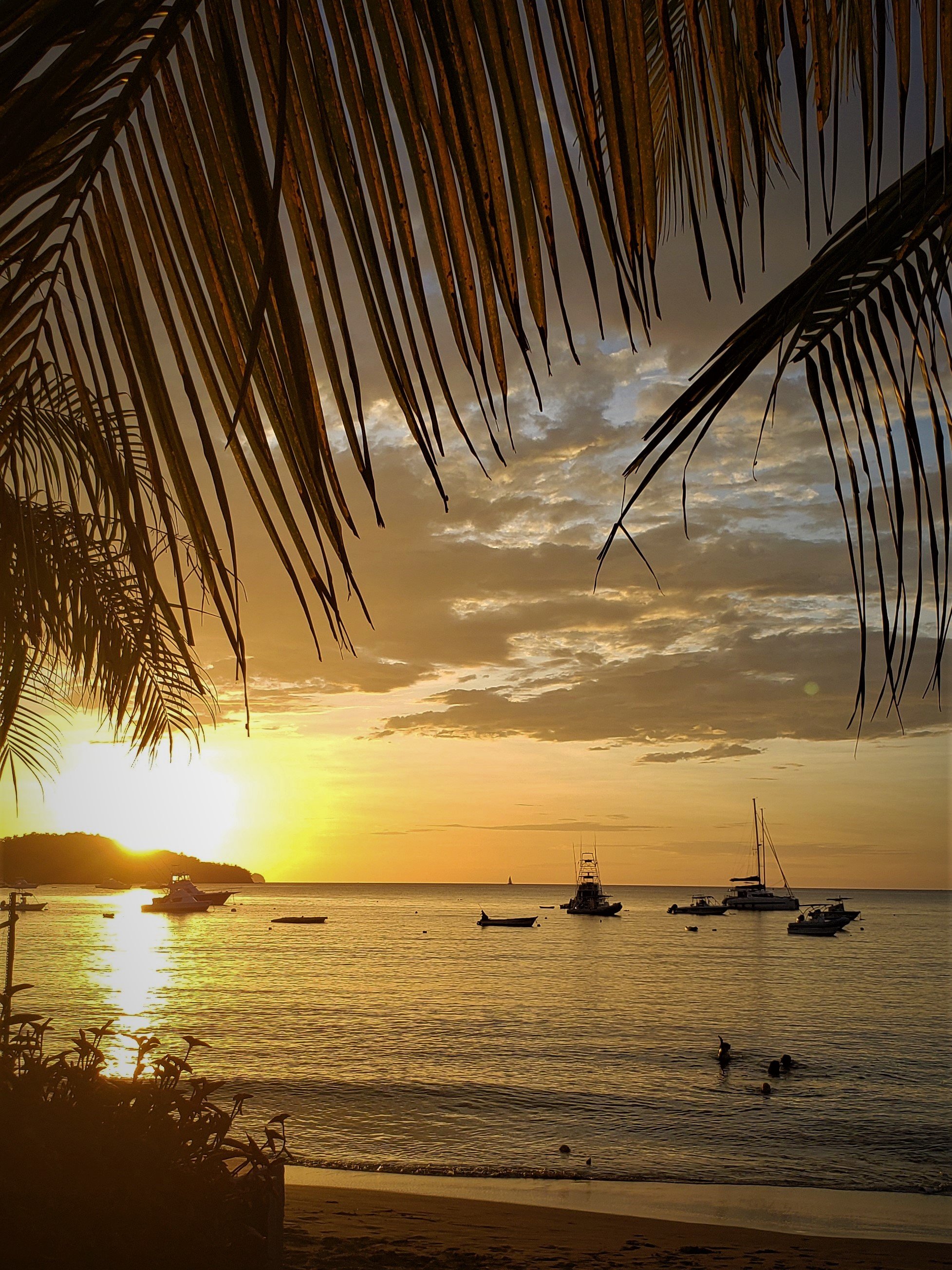 Regions of Costa Rica
Regions of Costa Rica
Divided down the center by a ring of volcanos, Costa Rica regions are as diverse as the wilderness and wildlife that call this small country home. Within all regions of Costa Rica, much of the culture. Especially as you move from the Pacific to the Caribbean! There are Here’s a quick breakdown of Costa Rican regions.
Alajuela (Northern Central Region): The second largest region in Costa Rica and home to SJO, Costa Rica’s main international airport. Paos Volcano National Park is also beautiful and a must-see.
Cartago (Central Valley Region): A province rich in unique cultural sites and beautiful architecture, all packed into the smallest province in Costa Rica. I look forward to exploring Cartago on a Costa Rican road trip soon!
Guanacaste (North Pacific Region): a top Costa Rica destination with tourists, Guanacaste province is hot, dry and has some of the best beaches of Costa Rica for surfing, lounging and exploring. It’s found in the northwest part of the country and shares a border with Nicaragua. Guanacaste is also home to Liberia international airport, an only half hour drive to the Gulf of Papagayo and its luxury resorts.
Heredia (Northern Mountain Region): Located a short drive from the capital of San Jose, Heredia is a bit untouched and populated by local residents of the Central Valley. It’s known for its outdoor recreation, also.
Puntarenas (Central & South Pacific Regions): The largest region in Costa Rica, Puntarenas is home to the famed Nicoya and Osa Peninsulas along the Pacific side. It also stretches to the gorgeous Manuel Antonio Park. This province is rich with natural beauty, rainforests and plenty of eco-tourism.
Limon (Caribbean Coast Region): The CARIBBEAN! With the Tortuguero National Park and Costa Rica’s Afro-Latino culture, the Limon Province is one of our favorites. We’ve spent a few weeks in Puerto Viejo and Cahuita last year and look forward to soaking up more of this side again.
San Jose (Central Highlands Region): Located in the heart of the country, San Jose is the capital of Costa Rica and the most populated province filled with culture, history and architecture. We love the national children’s museum and all the great shopping you can find, but driving in San Jose can be a sport in itself!
Costa Rica Flag
Fun Facts about Costa Rica
The Costa Rica flag is one of the first things students learn about in school and in their Costa Rican studies class, along with the Costa Rican national anthem. The blue color stands for the sky, opportunities, idealism, and perseverance. The white color stands for peace, wisdom, and happiness. The red color stands for the blood spilt by martyrs in defense of the country, as well as the warmth and generosity of the people. The stripes are in the ratio 1:1:2:1:1.
The coat of arms depicts the narrow strip of land between the Pacific Ocean and the Caribbean Sea with 3 volcanoes. The 7 stars stand for the 7 provinces of Costa Rica. The Spanish name of the country is scrolled on a white banner, Republica de Costa Rica (Republic of Costa Rica), and the Central American union is recognized in the blue upper scroll, America Central, recalling the former United Provinces of Central America.
Costa Rica Food Food Culture
Food Culture
Costa Rican food is easy for any kid, especially those who love rice and beans like mine! From patacones to gallo pinto, food in Costa Rica is centered on fresh ingredients and aren’t unusually spicy.
And for those who love fresh fruit, the tropical selections are second to none here on the golden coast of Costa Rica! Costa Rican food culture is rich with agriculture and you’ll find that creativity explored in their offerings of naturales, or fresh fruit drinks and smoothies. When ordering a fruit smoothie (batidos) you’ll be asked if you want it made “con agua or con leche“. Our favorite is “lemonada con hierbabuena“, which is a lemonade smoothie with mint. So refreshing!
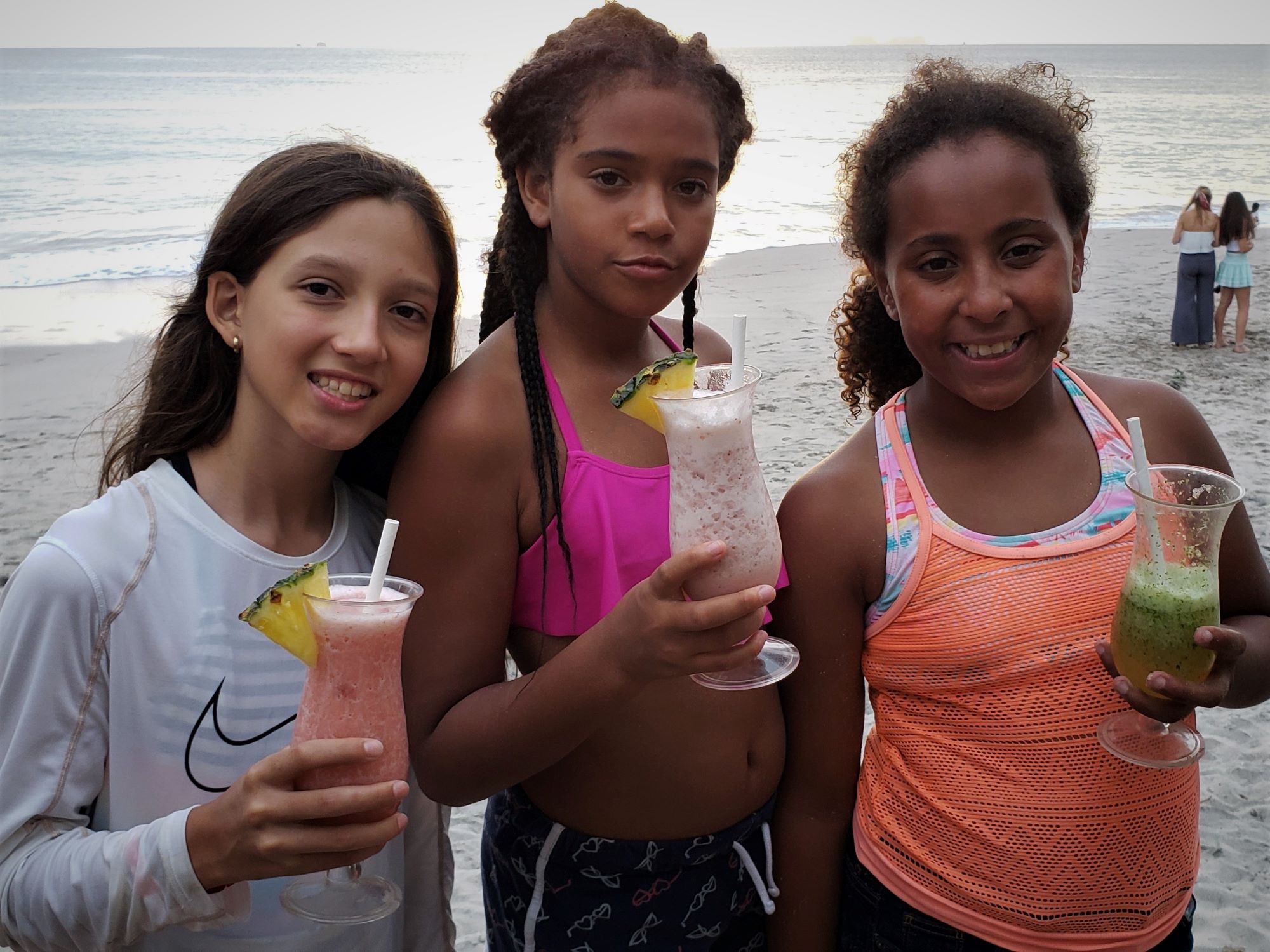 Costa Rica Interesting Facts
Costa Rica Interesting Facts
There is so much to explore in this vibrant country, but if Costa Rica interesting facts are what you’re looking for… look no further! These interesting facts of Costa Rica will make kids’ asking even more questions about this beautiful and peaceful country.
- The population of Costa Rica is 4,331,000
- The country has 19,730 square miles of land
- A large segment of the population here is Christian
- Nicoya in the Guanacaste region is famed for being within the Blue Zone!

